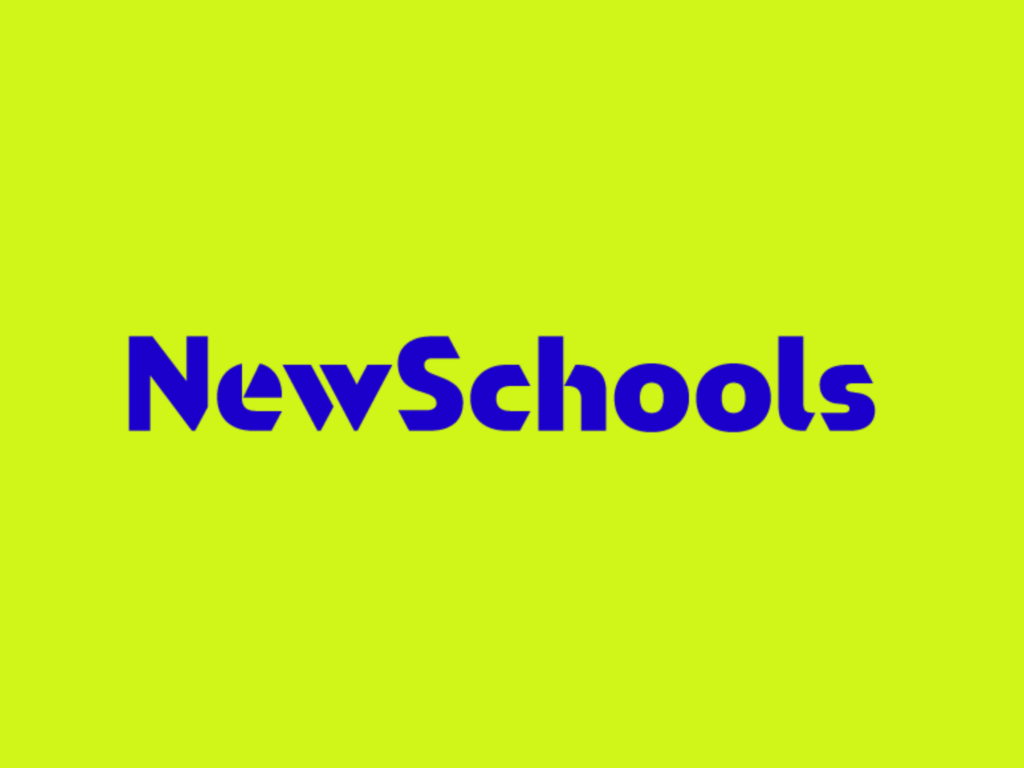Dr. Howard Fuller, Distinguished Professor of Education at Marquette University, introduced the closing plenary of Summit 2014. Dr. Fuller highlighted the important distinction between ed reform as a movement that is done to communities of color and ed reform as a movement that is driven by people of color. If the education reform movement is not supported by the communities it serves, then Dr. Fuller told us: “We will lose.”
James Shelton took the stage after Dr. Fuller. “This isn’t a great time,” he said; Shelton is currently Acting Deputy Secretary of Education with the United States Department of Education. To kick off the conversation about diversity in ed reform, Deputy Secretary Shelton told the audience, “We all know what needs to happen.”
A panel of distinguished leaders joined Deputy Secretary Shelton on stage. Kaya Henderson, Chancellor of DC Public Schools, was the first to contribute. She said, “If someone dropped a bomb in this room today, a lot of the work that we do would not continue because our communities don’t have ownership.” She added, “There are people of color who would like to say that there is a different way of doing this.”
Elisa Villanueva Beard, co-CEO of Teach for America, argued that there need to be people at the table who understand the experience of students. Said Villanueva Beard, “Forty percent of students in public schools are Latino or Black and only fourteen percent of teachers are.”
CEO of the KIPP Foundation, Richard Barth, commented next on the struggle over the priorities of the ed reform movement. The leaders of the ed reform movement are changing its priorities and they can’t make those decisions without diverse participation in leadership.
John Rice, MLT CEO, was last to speak. He challenged communities of color to engage with the call to improve the quality of education. Rice thinks that communities of color need to share responsibility for their level of participation in education reform.
The conversation that followed focused on the advantages of white leaders in the ed reform context and the difficulties of confronting the need for additional diversity.
Barth talked about his perspective as a fundraiser who primarily raises money from white men; He said that it is easier for him, as a white man, to connect with these potential donors. Henderson challenged more people from communities of color to join her in doing difficult work in education. “People get comfortable,” she said, and they don’t want to get back in the education trenches.
“We’re trying to solve a human capital problem in communities where human capital is underdeveloped,” said Shelton, “So is there just no way around this?” Barth responded first, “People look for silver bullets.” The question is,”Are you actually committed to developing talent?” Barth notes that there is another challenge to diversifying the movement, though, the challenge of diversifying boardrooms which remain very white.
Villanueva Beard described the challenges faced by people of color integrating into a white-dominated workplace. “What is the cost of the journey?” Beard asked, for these leaders of color. “Would our children succeed in our organization? Our children should feel comfortable in our organization.”
“Lots of people of color are developing pipelines for people of color,” said Henderson. Still, she noted that, “The values that are important to our community are not at the forefront.” “Let’s not act all ‘rah-rah’ because the test scores are up.”
Speaking about professional basketball, Rice said, “We have put the infrastructure in place so that if you are young, talented and coachable — you’ll be found.” “We have done something in the sports business. What if we could do something similar in the development of leaders for everything else?,” he asked.
“We have this skewed belief that if we just produce results then money will come,” explained Henderson. Rice added, “You need to have people who will make a bet on you.”
Shelton concluded, saying, “We are so far from where we need to be that this can only be the beginning,”
Deborah McGriff took the stage to present the NewSchools diversity promotion honor role. She also shared the remarkable increases in diversity at Summit, our flagship gathering. More than two hundred organizations pledged to increase their diversity at the conclusion of the plenary.


